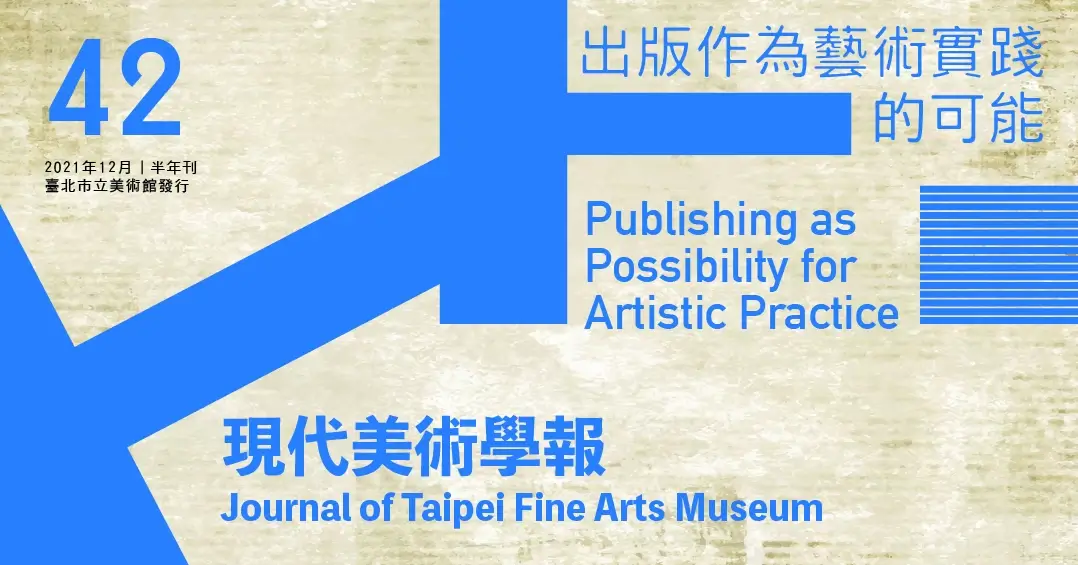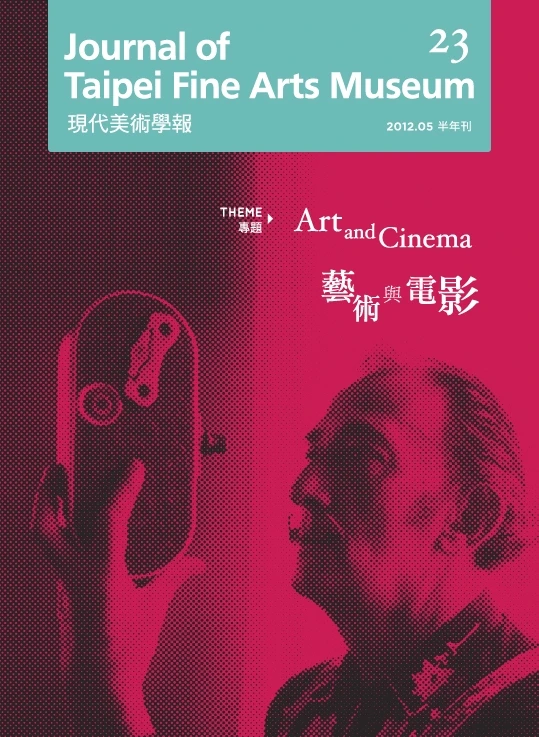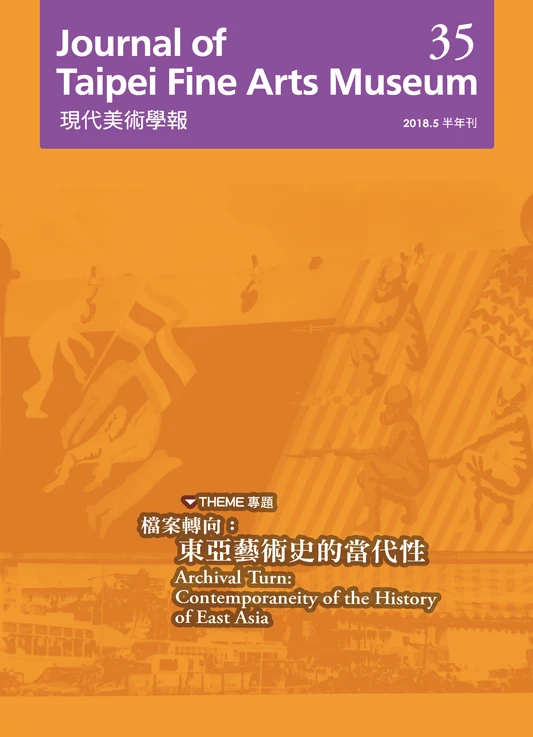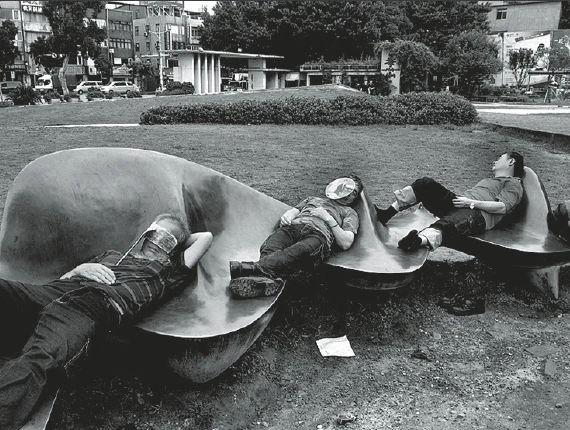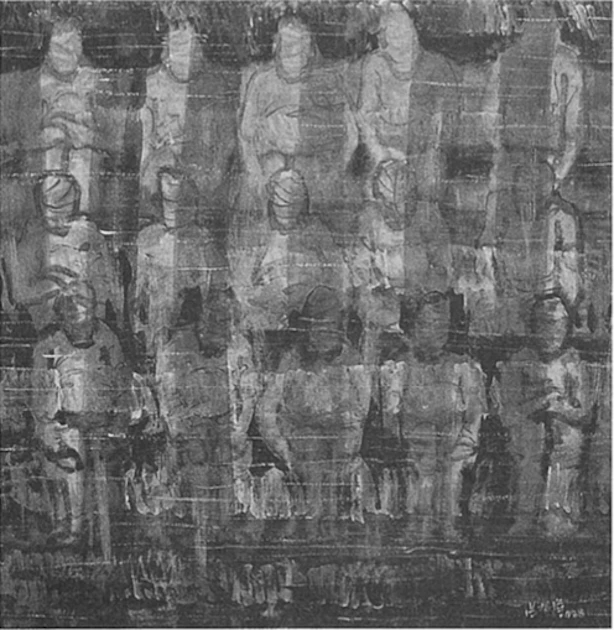摘要
1990 年代,台灣原住民人像雕刻在形式上出現了兩種倒退復古,分別是排灣族祖靈的再興與「泛排灣」現象,以及理想中的原住民。重塑祖先的榮耀,是他們的共通點,但同時也有揮之不去的殖民影響。然而,這兩股形式倒流,則籠統含混地以木雕創作等於文化傳承的槪念,作爲這個時代的木雕定位,久之已視爲當然。
面對這個幾乎一面倒、正面肯定木雕爲原住民文化重建、藝術復興的現象,如何從這個趨勢中,分識出其中的自主力量,識破殖民影響與去殖民想像的陷阱,原住民木雕藝術才能避免迷失而不自覺。
關鍵詞
原住民木雕、原住民藝術、殖民、去殖民
Abstract
The 1990s saw two major "retro" movements in the forms taken by the woodcarving of Taiwan's indigenous people. The first was a revival of the carving of representations of the ancestral spirits among woodcarvers of the Paiwan Tribe, coupled with the emergence of "pan-Paiwan aesthetics"; the second was a growing emphasis on presenting "ideal" indigenous people in art. What these two trends shared was a focus on recreating the glory of the ancestors. However, the influence of colonialism could still be detected in the two movements. The positioning of the art of woodcarving during this period was characterized by an oversimplified, imprecise equating of creative woodcarving with cultural transmission. Over time, the idea that "woodcarving = cultural transmission" came to be taken as a given.
Faced with this almost universal approval of woodcarving as a phenomenon that represented an aboriginal cultural renaissance and artistic revival, the challenge is to identify those aspects of modem indigenous woodcarving that are autonomous to the indigenous peoples themselves, while recognizing the traps and snares that have been created by the influence of colonialist aesthetics and of the de-colonial imagination. Only when this has been achieved will indigenous woodcarving be able to develop without losing its way, and to become self-aware.
Keywords
Taiwanese Indigenous woodcarving, Taiwanese Indigenous arts, colonization, decolonization

